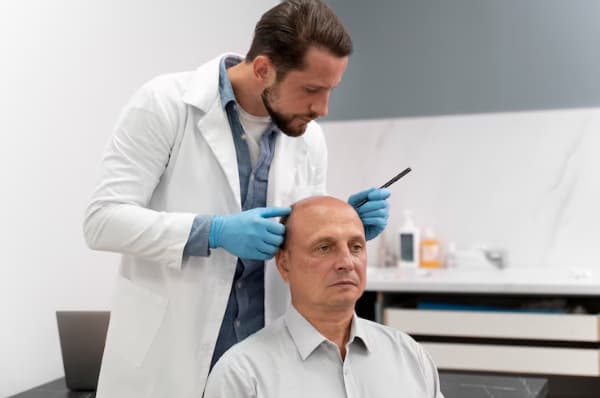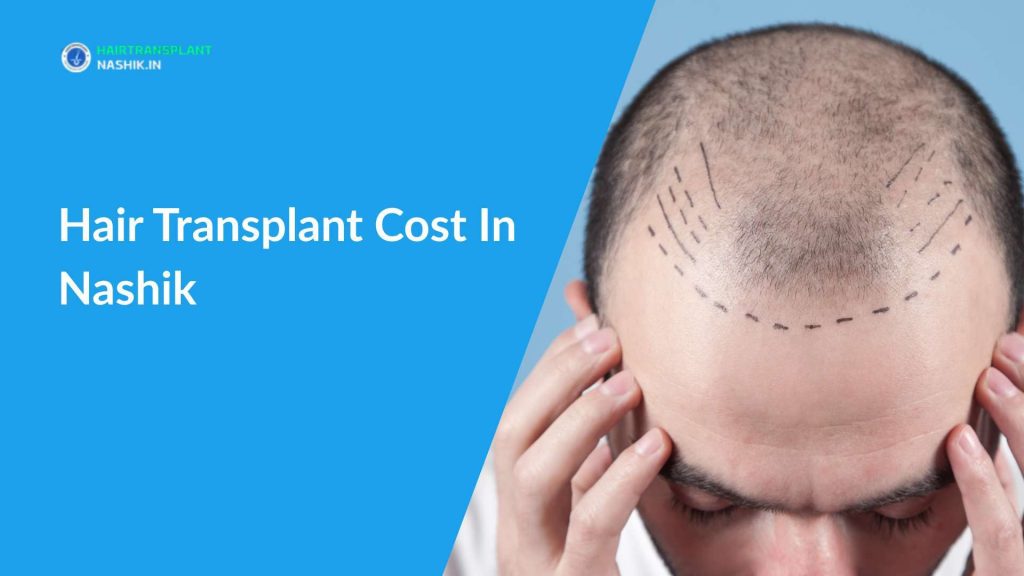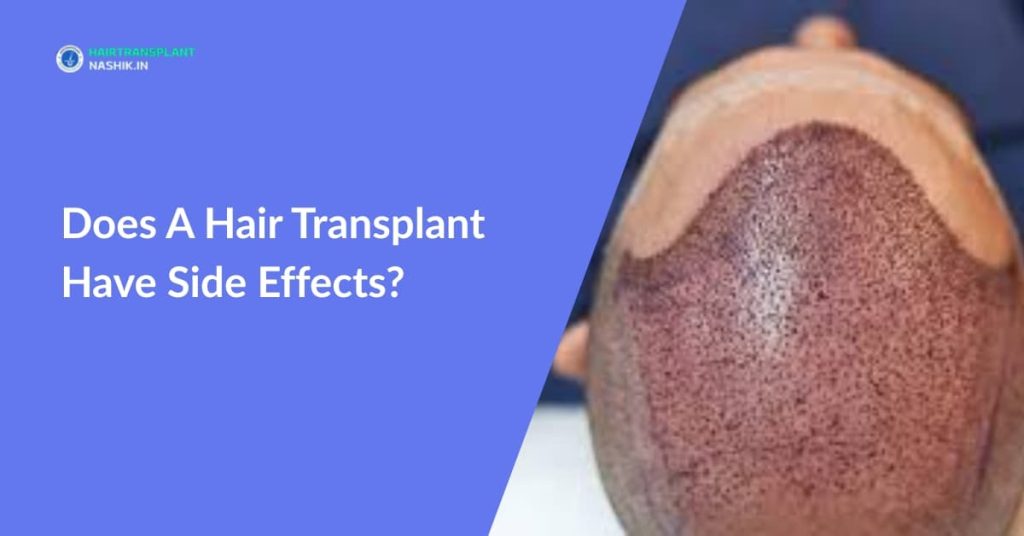Hair transplant procedures can have side effects, but most are mild and temporary. Like any medical procedure, there are risks involved, although serious problems are rare when performed by skilled doctors.
In a Hair Transplant, most people experience minor issues, such as swelling, pain, or itching, after surgery. These effects typically subside within a few days or weeks with proper care.
This article will help you understand what side effects you might face and how to handle them safely.
Disclaimer: This article is for educational purposes only, based on common cases and reviews; always consult a doctor for medical advice.
Can a Hair Transplant Cause Complications?
Most hair transplants do cause some temporary side effects, but they are usually mild and easy to manage.
- Common effects include temporary redness, scalp tightness, numbness, and mild crust formation.
- These usually fade within a few days to a couple of weeks without medical intervention.
- Choosing a qualified surgeon and sticking to aftercare instructions can significantly reduce discomfort and risks.
Common Side Effects of A Hair Transplant Procedure
Here are the most common side effects people experience after a hair transplant procedure.
- Swelling
Happens around the forehead and eyes, typically starts on the second day, and lasts 2–3 days. Ice packs can help reduce it.
- Pain
Mild tightness or discomfort may be felt in the donor and recipient areas. It usually improves within a week and is manageable with medication.
- Itching
A common sign of healing that usually stops within a week. Avoid scratching to protect the new grafts.
- Scarring
FUE leaves tiny, hard-to-notice scars; FUT may leave a thin line scar, often hidden by hair, and fades over time.
- Bleeding
Small amounts of blood or fluid may appear in the first 24 hours. This is normal and should stop quickly.
- Infection
Rare, but possible if the area isn’t kept clean. Watch for signs such as pain, fever, or pus, and follow the hygiene instructions.
- Shock Loss
Temporary hair shedding may happen post-surgery. Both old and new hair typically regrow within 3 to 6 months.
Are The Side Effects Of A Hair Transplant Permanent Or Temporary?
Most side effects from hair transplants are temporary and go away within days or weeks.

Short-term effects, such as swelling, pain, and itching, are common and typically part of the healing process. They don’t last long and get better as your scalp recovers.
Even shock loss, where existing hair falls out, is temporary, and the hair grows back.
The only lasting effect might be tiny scars, especially with the FUT method. However, these scars are usually well-hidden by your hair and fade over time.
With proper care and a good clinic, you can avoid most serious problems.
What Causes Side Effects in a Hair Transplant?
Hair transplant side effects can occur due to several causes:
- Inadequate evaluation
Failing to assess the patient properly can lead to unexpected side effects or suboptimal results.
- Ignoring medical history
Overlooking allergies or conditions increases the chance of infection or slow healing.
- Surgical errors
Taking too many grafts or damaging follicles can cause numbness, scarring, or failed grafts.
- Unclean procedure or bleeding
Poor hygiene or heavy bleeding during surgery may lead to infection or other complications.
Following proper protocols and choosing a skilled doctor helps lower the risk of these side effects.
How to Reduce the Side Effects of a Hair Transplant?
You can lower your chances of having side effects by taking the proper steps before and after surgery.

- Choose a certified and experienced hair transplant clinic with positive reviews and valid licenses.
- Follow all aftercare instructions, including how to wash your hair and take prescribed medicines.
- Avoid touching, rubbing, or scratching the treated area, even if it feels itchy.
- Refrain from heavy exercise, sweating, swimming, or drinking alcohol for a few days.
- Attend all scheduled follow-up appointments to monitor healing and progress.
- Sleep with your head slightly elevated to help reduce swelling and discomfort.
Conclusion: Hair Transplant Has Side Effects, But Short-Term!
Hair transplants do have some side effects, but most are mild, temporary, and part of the normal healing process. These can include swelling, redness, itching, or slight discomfort in the treated areas.
With proper care and the guidance of a skilled doctor, these issues usually resolve within a few days.
Many people report high satisfaction with their results and feel the short-term discomfort was worth the long-term gain.
Before deciding on surgery, talk openly with your doctor. They can guide you based on your health, goals, and expectations, helping you make informed choices.
FAQs
Most patients experience mild discomfort, such as tightness or tenderness, for a few days, which typically subsides with pain relief.
Transplanted hair is usually permanent and continues to grow for many years, often lasting a lifetime.
Many people find it worthwhile, primarily when performed by a skilled surgeon with good results.
The ideal age is typically after 25, with most experts recommending a range of 30 to 40 for lasting results.
Turkey is considered the top choice due to quality care and affordable prices, followed by countries like India and Spain.

